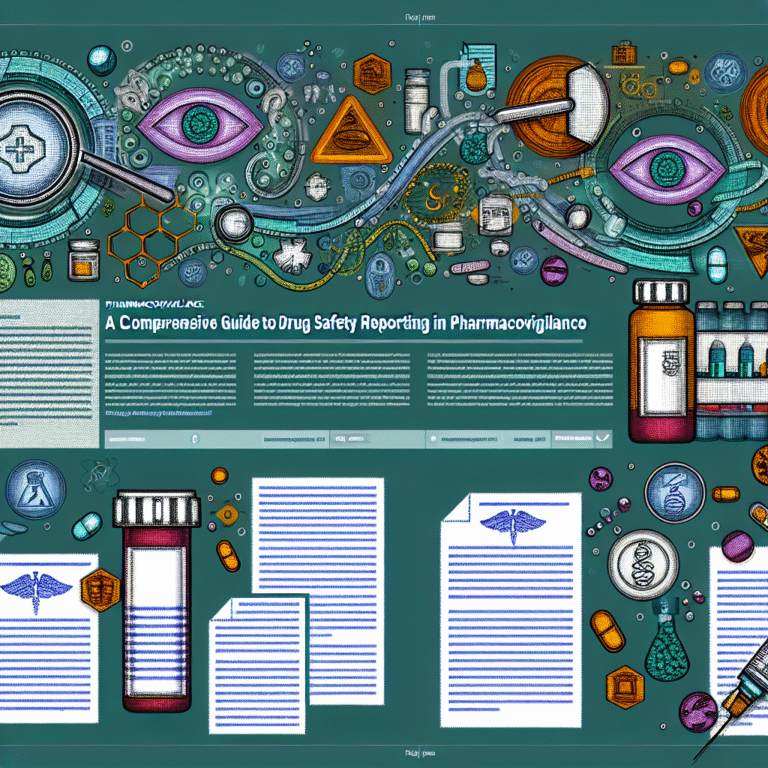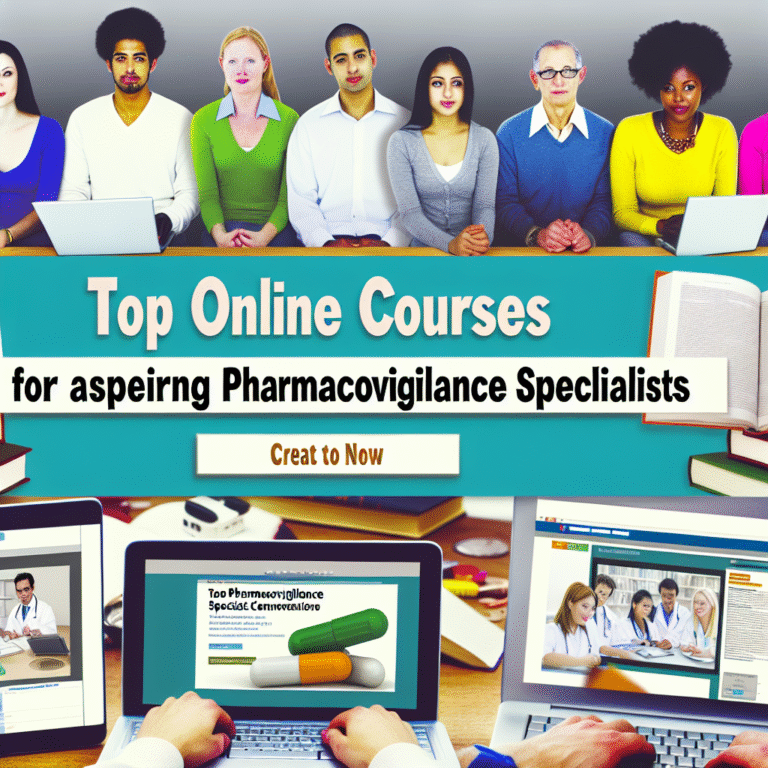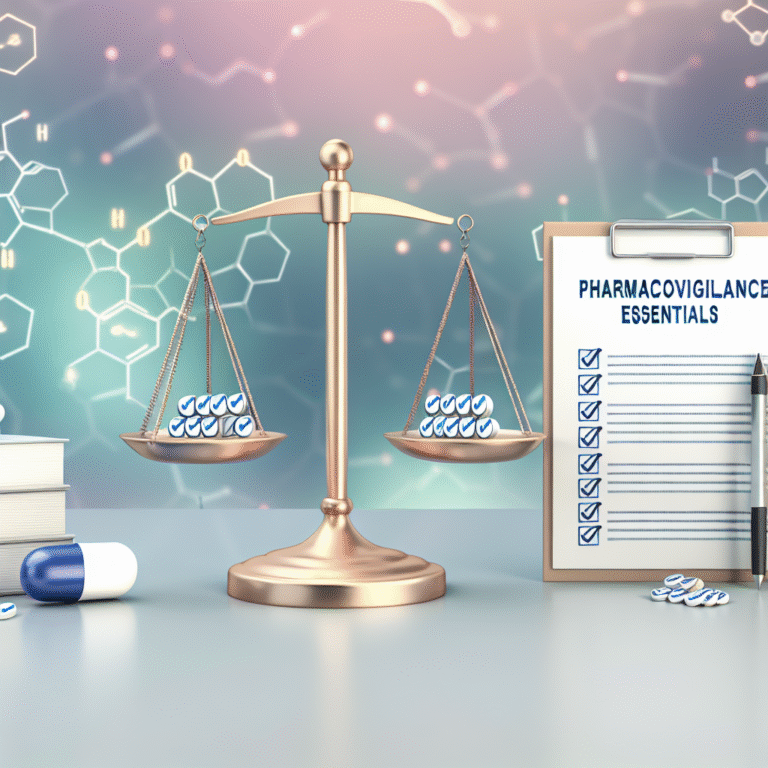The Importance of Pharmacovigilance: How It Keeps Patients Safe
Introduction
In the search for better medical treatments, keeping patients safe is really important, and that’s where pharmacovigilance comes in. As we get new medicines and ways to treat people, making sure these drugs are safe is a big deal in healthcare. At Pharmacovigilance Foundations, we know how important it is to watch over patient health and make medical practices better. This blog post is all about what pharmacovigilance is, how it started and changed over time, how it’s used, and the challenges and new ideas shaping it today.
What is Pharmacovigilance?
Pharmacovigilance is the science and activities that involve finding, checking, and understanding bad effects from drugs or any other drug-related problems. The basic steps include watching for adverse drug reactions (ADRs), checking drug safety, and taking action to reduce risks. Some key actions are:
1. Gathering and handling drug safety information.
2. Detecting signals and assessing ADRs.
3. Sharing what they find with healthcare people.
Around the world, organizations like the World Health Organization (WHO) and agencies like the U.S. Food and Drug Administration (FDA) and the European Medicines Agency (EMA) are in charge of making sure everyone is doing drug safety the same way.
The History and Evolution of Pharmacovigilance
Pharmacovigilance started in the mid-20th century when drug safety issues made it clear we needed to watch drugs closely. Some important events that helped it grow include:
1. The Thalidomide Tragedy in the 1960s: It made people realize the need for strict drug checks.
2. The creation of the WHO Programme for International Drug Monitoring in 1968.
3. New guidelines from the International Conference on Harmonisation (ICH) by the late 1990s.
These drug safety problems showed how important pharmacovigilance is and led to better global teamwork in reporting and watching ADRs.
Core Objectives of Pharmacovigilance
Pharmacovigilance’s main goals are to make sure medicines are safe and work well, and they include:
1. Finding and checking adverse drug reactions (ADRs) to reduce risks.
2. Making sure medicines are used safely and correctly in healthcare.
3. Giving clear and accurate information to doctors and the public to help them make good health decisions.
Pharmacovigilance in Practice
Pharmacovigilance involves several steps, like finding and reporting ADRs and then looking at these events to get helpful ideas. It often uses case reports and digital health records to collect data. Some challenges it faces are underreporting, dealing with large amounts of data, and adjusting to new treatments.
Case studies, such as the Vioxx withdrawal, show why pharmacovigilance is important:
1. The Vioxx Withdrawal in 2004: It showed the need to watch for increased heart risk from some drugs.
2. Monitoring Biologics Safety in Practice: This involves watching complex biologic therapies that need advanced pharmacovigilance methods.
Key Benefits of Pharmacovigilance
Pharmacovigilance helps patients, doctors, and drug companies in many ways:
1. Spots drug safety issues early to allow quick action.
2. Improves patient safety and public health results.
3. Helps drug development and management.
4. Aids doctors and researchers in making informed decisions.
5. Helps companies follow rules and protect legally.
6. Builds public trust by being clear and open.
7. Lowers healthcare costs by avoiding adverse events.
8. Encourages drug safety research and innovation.
9. Promotes global cooperation and information sharing.
10. Ensures ethical drug use standards.
The Role of Technology in Pharmacovigilance
Technology has changed pharmacovigilance for the better by making it easier to collect and analyze data. Recent advancements include:
1. Using artificial intelligence (AI) and machine learning for better signal detection.
2. Electronic reporting systems for easier data sharing and real-time watching.
3. Cloud platforms for global cooperation and transparency.
Challenges Facing Pharmacovigilance Today
Despite the good it does, pharmacovigilance faces some challenges:
1. Not enough ADR reports can hide the true safety of drugs.
2. Handling lots of different data is a big resource issue.
3. Balancing openness with confidentiality is tricky.
4. Adjusting to new treatments and personalized medicine can introduce unique safety problems.
Future Trends in Pharmacovigilance
Looking forward, pharmacovigilance will keep changing, pushed by new trends like:
1. Using real-world evidence and big data to support traditional methods.
2. Focusing more on getting patients involved and real-time feedback for accurate safety checks.
3. Bringing in pharmacogenomics and personalized medicine for individualized care.
4. Strengthening international teamwork for better global pharmacovigilance practices.
Conclusion
Pharmacovigilance is a key part of healthcare, making sure medicines are safe and public health is maintained. The need for ongoing watchfulness and improvement means all healthcare players must stay involved. As we look to the future, Pharmacovigilance Foundations encourages doctors to prioritize drug safety through watchfulness, new ideas, and teamwork.
Further Reading and Resources
For anyone interested in learning more about pharmacovigilance, have a look at these resources:
– World Health Organization: [Pharmacovigilance](https://www.who.int/teams/regulation-prequalification/pharmacovigilance)
– U.S. Food & Drug Administration: [Safety and Availability](https://www.fda.gov/drugs/drug-safety-and-availability)
– Online Course: [Pharmacovigilance Introduction](https://www.coursera.org/learn/pharmacovigilance)
– Books: “Textbook of Pharmacovigilance” by G. Parthasarathi and “Practical Drug Safety from A to Z” by Barton Cobert.
For questions or reporting, you can contact your national pharmacovigilance center or visit the Pharmacovigilance Foundations website for help and guidance.






